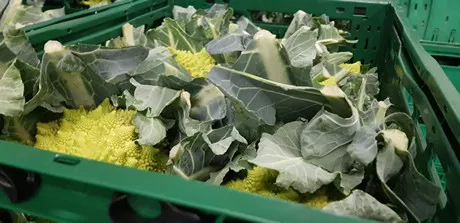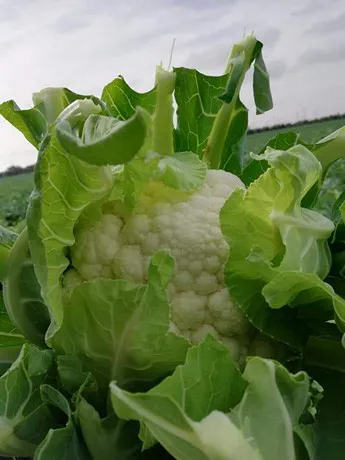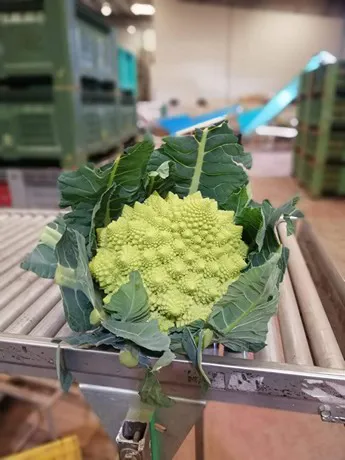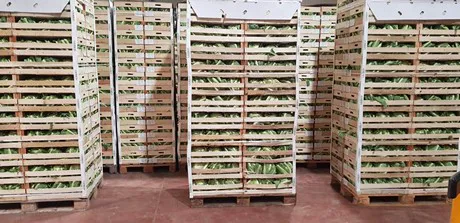"The 2018/19 brassica campaign will end between late March and early April with the Aprilia and Talvena cultivars. It has been a peculiar year, characterized by a lot of rain and humidity in autumn/winter which favored fungi and affected harvesting times and costs," explains Arcangelo Latorrata, production manager at Ceres Agricola, a company specializing in the production, processing and commercialization of fresh produce.

"Temperatures above average during the past month have led to plants harvesting as much as 10 days earlier than expected."
Cauliflowers and Romanesco broccoli are the most cultivated brassicas in Italy and in the Campania, Puglia and Sicily regions in particular.
 "These plants are best cultivated in areas with a cool/humid climate. The most important element is temperature around the transition from the vegetative to the reproductive stage - temperatures below and above 20°C can in fact affect quality and ripening."
"These plants are best cultivated in areas with a cool/humid climate. The most important element is temperature around the transition from the vegetative to the reproductive stage - temperatures below and above 20°C can in fact affect quality and ripening."
"The 2017/18 campaign lasted approximately 6 months (November/April) and ended with 1,200,000 cauliflower heads and 110,000 broccoli heads. The same volumes and commercialization period will be confirmed for this campaign."
"Varieties obtained from old local types or through free pollination are available as well as F1 hybrids. These have higher production potential (when it comes to quality and quantity), morpho-biological uniformity and resistance to disease, but of course their seeds are more expensive. Except in limited unique cases, hybrid seeds are the most used and recommended."
 "One of the most important aspects to consider when choosing a variety, in addition to its adaptability to different soil and weather conditions, is the possibility of planning transplants and harvests, increasing yields, reducing labor and waste and obtaining perfect packaging and a good appearance."
"One of the most important aspects to consider when choosing a variety, in addition to its adaptability to different soil and weather conditions, is the possibility of planning transplants and harvests, increasing yields, reducing labor and waste and obtaining perfect packaging and a good appearance."
"As not all the produce ripens at the same time, harvesting is performed over 3-6 stages. The size and weight of the heads varies greatly according to the cultivar, but generally they not exceed 1.5 kg."

"As for commercialization, we ship cauliflowers mainly to northern Europe in wooden, plastic or cardboard crates with 6-8 heads according to client demands. The produce is prepared in four different ways:
- with leaves: only the big external leaves are removed, while the others are left in place to protect the head, with just the tips trimmed;
- crowned: only the big external leaves are removed, while the others are cut at max 3 cm above the head (mainly requested in northern Europe);
- without leaves: all leaves are removed except for the younger softer ones around the head (mainly for packing stations)."
Contacts:
Ceres Agricola srl
V.le Stazione, sn
Palagiano (TA)
Tel.: (+39) 099 8884363
Email: info@latorrata.com
Website: latorrata.com
